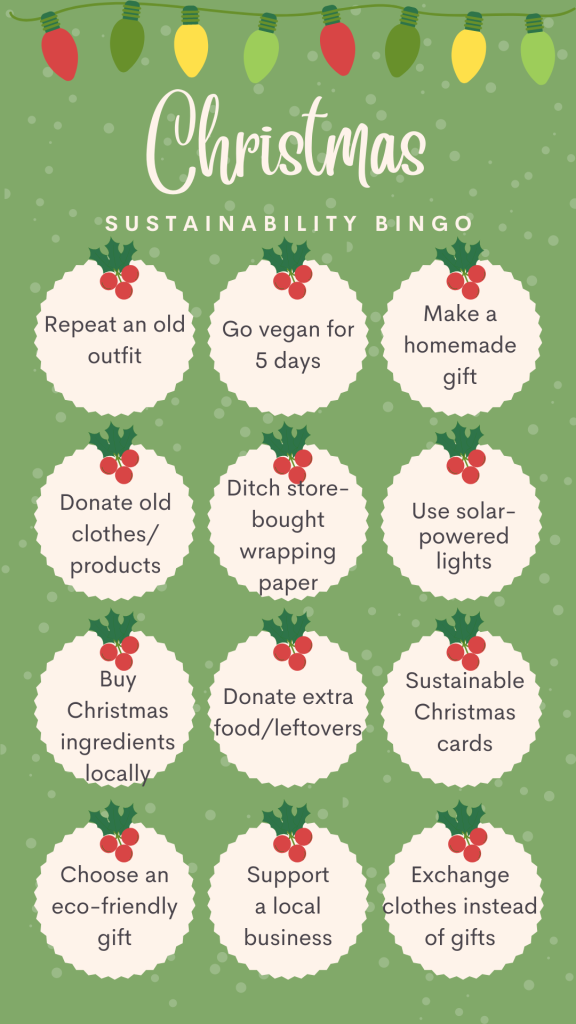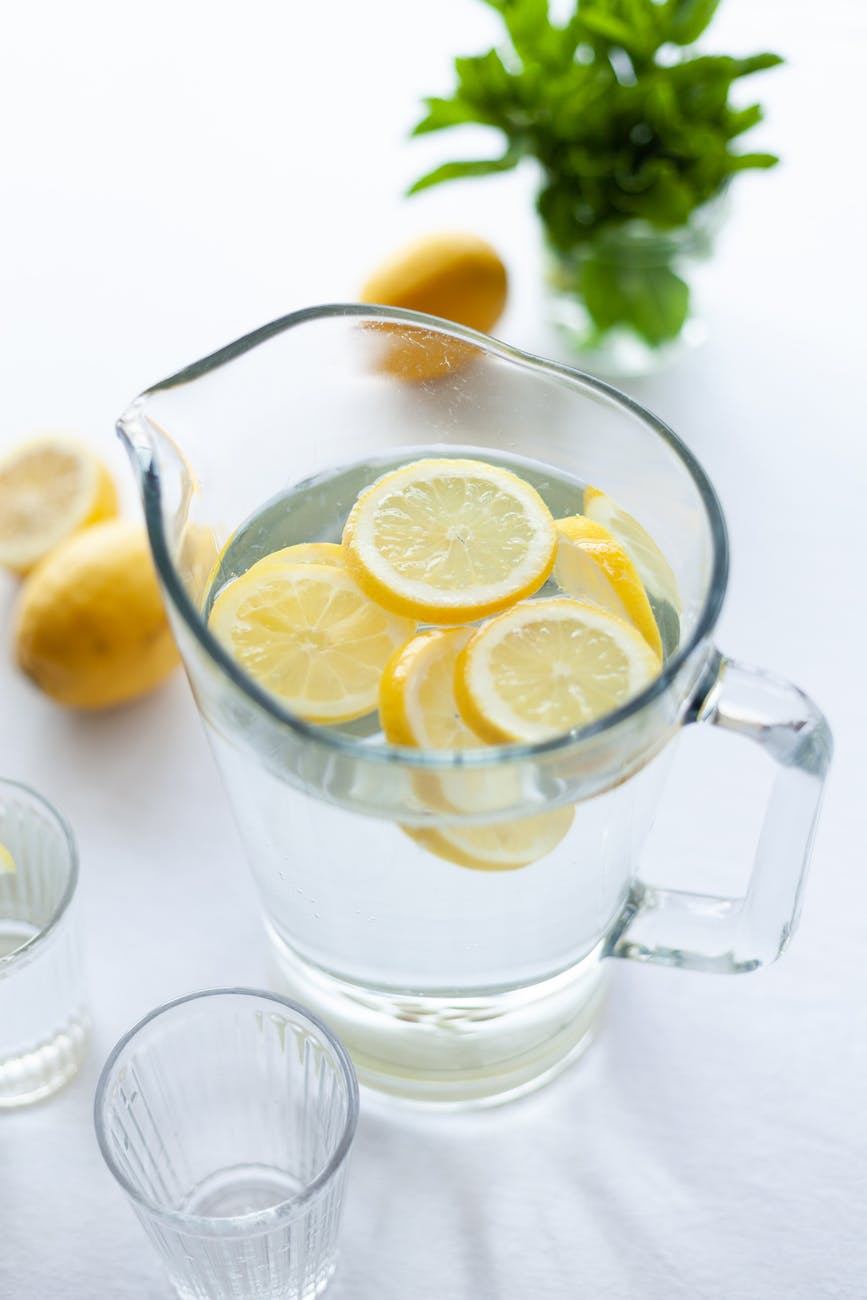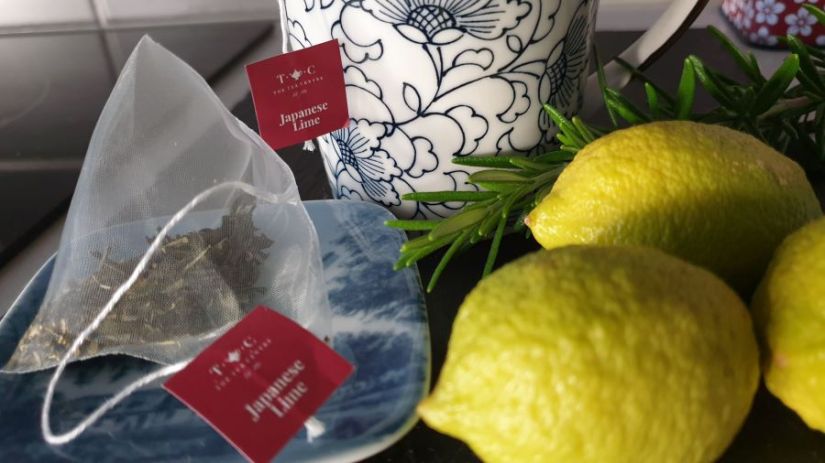Ten Sustainable Days of Christmas. Play sustainability Bingo!
So far I tick ten, more or less.
These tips from ewspconsultancy.com
Ten Tips for a Sustainable and Green Christmas
- Buy your Christmas food locally where possible, or purchase craft from a local market. Support local, small or family-owned businesses where you can. Support local bakeries for your fresh bread as this supports employment and tastes so much better than supermarket frozen offerings.
- Make a homemade gift instead of buying one.
- Give a relative an experience or a helping hand, such as mowing their lawn, as a gift). Give someone a voucher for an ‘experience’.
- Thinking of getting a pet: adopt an animal from the shelter.
- Give edible gifts – home made jams, chutneys and other preserves, infused spirits, cakes, biscuits/cookies or sweets/chocolates, even dried herb or tea blends.
- Use solar-powered Christmas lights/decorations
- Choose an environmentally friendly gift – e.g. a funky, natural, art project using natural or reclaimed materials and placed in an upcycled frame.
- Give Plants or Seeds from your garden as gifts – see below
- Make natural gifts – including lip balms, bath bombs, and scrubs using herbs and flowers
- Beeswax can be turned into a wrap or used to make candles
- Wrap gifts in an eco-green bag, old fabric or clothing cut up, newspaper or normal paper, old greeting cards, magazines or newspapers, or even fabric like a scarf from an old op shop.
- Use reclaimed fabrics to make small gifts such as makeup bags or zippered pouches for people

Other Sustainable Gift Ideas
Instead of exchanging gifts, exchange less used/unused clothes with friends.
Pick a few close friends and have an exchange of such pieces.
It doesn’t sound super-exciting, but it is a great way to be sustainable and save money. We all have pieces in our wardrobe that we seldom use.
You can make it more fun by having a secret Santa system and guessing later who got whom.








































